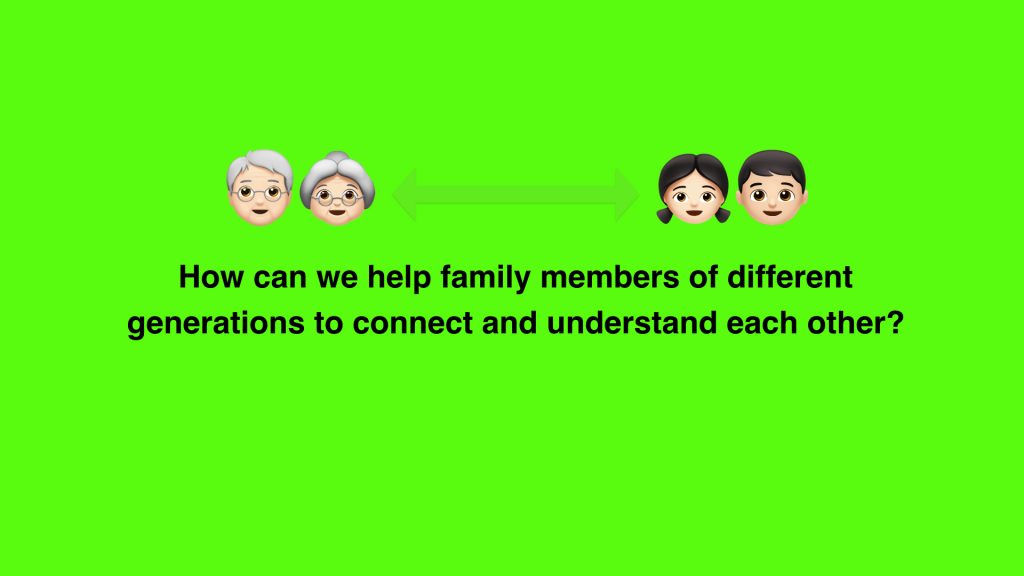this intervention is based on the intervention 5 ( seating arrangement on communication). in this intervention, I will first throw a question or point of view to the other person, let him think or study carefully, don’t worry about asking the answer, let him digest it in his mind first, and challenge his original concept. ( inspired by the book: The Skeptics’ Guide to the Universe) . I used critical design as a method to designe a dining table that can reflect the status of the family, and invite people to write down five key word to describe how they feel after seeing the dining table.
1. Please use 3 keywords to describe how you feel after seeing this dining table.

A: family, friend, communication
B: party, interact, space
C: warm, sweet, family time
2. Please use 3 keywords to describe how you feel after seeing this dining table.



A: distance, contradiction, estrangement
B: misunderstanding, inconvenience, serious
C: lonely, distant, bad relationship
I also placed it downstairs in my house and invite people to write down the keyword, but only received very few responses.

reference:
What is Critical Design?
Critical Design uses speculative design proposals to challenge narrow assumptions, preconceptions about the role products play in everyday life. Its opposite is affirmative design: design that reinforces the status quo.
What is it for?
To make us think. But also raising awareness, exposing assumptions, provoking action, sparking debate.
Affirmative design is problem solving, with design framed as a process that provides answers in the service of industry for how the world is.
Critical design, on the other side of the page, is characterized as problem finding, with design framed as a medium that asks questions in the service of society for how the world could be.
